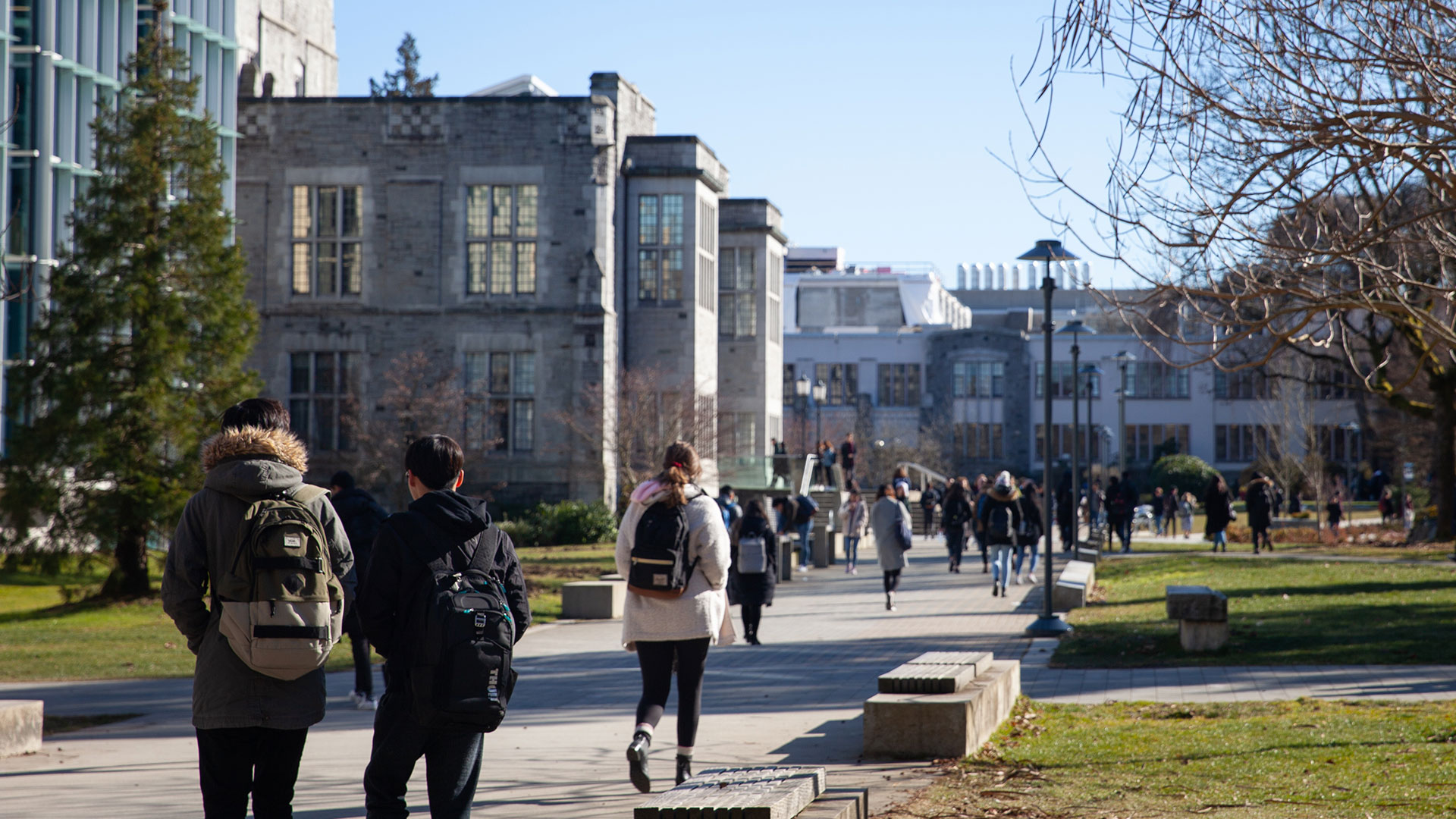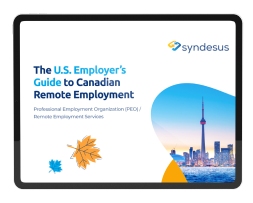Packing up and moving across the world is difficult enough, but immigrating with your children makes things a little more complicated. There are a lot of things for parents to consider before moving their kids to a new country, and at the top of that list is education.
It’s only natural for a parent to want the best for their children, and luckily for those immigrating to the Great White North, Canada has one of the world’s top-performing education systems and has been quietly climbing into the top tier of international rankings in recent years.
Let’s look into all the reasons Canada’s school system is great, especially for families immigrating to Canada.
Canada’s school system is welcoming to families interested in moving to Canada
Because the public education system in Canada is a top priority for the government, it’s well-funded and arguably among the world’s best.
But it’s welcoming too – migrant parents should note that Canada’s school student population includes a high number of migrants.
Education experts believe the high academic performance of migrant students in Canada is due to the strong sense of fairness and equal access to education.
Indeed, more than a third of young people in Canada come from families where BOTH parents were born in another country.
Because multiculturalism is the norm in Canadian schools, newly arrived children tend to integrate into their new schools quickly and usually perform at the same level as their classmates.
Education experts believe the high academic performance of migrant students in Canada is due to the strong sense of fairness and equal access to education.
Canada is one of the few countries in the world where migrant children achieve academic success at the same level as their non-migrant peers.
Canada's success is consistent across its entire education system, and there is little variation between students and schools.
Another reason why migrant students find success in Canadian schools is because of the narrow socio-economic gap in schools.
Professor John Jerrim of the UCL Institute of Education in London says that Canada’s results show a very high average, with relatively little difference between advantaged and disadvantaged students.
Canada’s success is consistent across its entire education system, and there is little variation between students and schools.
Professor Jerrim also points out that high levels of immigration have been contributing to Canada’s academic success. Yes, some children who immigrate to Canada arrive well-educated, but Professor Jerrim says that many migrant families are ambitious and have high expectations for their kids’ schooling too.
So, it’s clear that Canada’s education system is both welcoming to families interested in moving to Canada and well-functioning regardless of the family’s socio-economic background.
Let’s take a closer look at how Canada’s education system works and the process of enrolling your children in a Canadian school.
Students benefit from Canada’s world-class primary and secondary schools
The public education system in Canada is managed provincially, so some elements of the school system in Canada can vary slightly, but education is overseen by the federal government to ensure that standards remain high and schools are well-funded.
Canada has two official languages – English and French. Most schools in Canada use English as the main language but many also offer French Immersion programs and even Spanish Immersion. In Quebec, however, French is the primary language used in schools.
It’s mandatory for kids in Canada to attend school starting at grade 1, which for most kids is at six years old. As far as when kids have to stay in school until, while the rules vary from province to province, Canadian students must attend school until the age of 16.
In most provinces, pre-elementary school is public and free, and the curriculum is relaxed.
Kindergarten is the first stage of education in Canada and kids between the ages of four and five are enrolled. Kindergarten — sometimes called pre-elementary — is mostly optional, but it is mandatory in New Brunswick and Nova Scotia.
In most provinces, pre-elementary school is public and free, and the curriculum is relaxed. This year of school is viewed as a chance for youngsters to learn basic skills like counting and the alphabet while having fun and socializing.
Primary education — also called elementary school — is mandatory in Canada and kids between the ages of six and twelve are usually enrolled.
Not only does Canadian primary education focus on fundamental learning and skill-building, but an increasing number of schools across Canada have been implementing STEM education programs as early as preschool.
This gives young students the opportunity to expand their knowledge in innovative areas of interest. Some schools have even introduced early education robotics and coding programs!
Typically, students in elementary school have one teacher who teaches them all the subjects in the same classroom with the same classmates. The Pre-elementary education curriculum covers general subjects such as reading, math, English language (or French in Quebec), science, history, and more.
Secondary education in Canada is divided into two levels, junior high school, and high school. Junior year school usually includes grades 7 and 8 and is viewed as two years for students to prepare for high school.
High school is the last phase of secondary education and usually educates students until grade 11 or 12 or ages 16 to 18, depending on the province. Students are required by law to stay in school until the age of 16, regardless of what grade they are in when they reach that age.
The Canadian high school curriculum has been carefully designed to prepare students for post-secondary education, specifically university.
In Ontario and New Brunswick, students must stay in school until they are 18-years-old or have earned a high school diploma. And in Quebec, high school ends in grade 11 and is usually followed by a two-year pre-university program known as Cegep.
The Canadian high school curriculum has been carefully designed to prepare students for post-secondary education, specifically university. Although some provinces offer job training in high school to prepare students to pursue jobs after graduation.
Affordable university education is a huge benefit to families interested in moving to Canada
Public universities and colleges in Canada are mostly funded by provincial governments and students are usually charged minimal tuition fees.
Tuition at top Canadian Universities is 16-38% cheaper than at the best schools in the US In the US, undergraduate tuition, fees, room, and board were estimated to be $17,797 at public institutions and $46,014 at private nonprofit institutions.
In Canada, the average annual tuition at a public college in 2021 was $7,938 Canadian dollars or $6113.61 US dollars.
With free, high-quality public education being free in Canada until the end of high school, and heavily-subsidized top-ranked colleges and universities, Canada is a great place to educate your children (or future children!)
Several of Canada’s post-secondary schools have been rated among the world’s best universities!
Some of the best computer science programs in Canada can be found at the University of Toronto (which is also the 17th best university in the world), the University of Waterloo, and the University of British Columbia (which is the 31st best university in the world).
Path to Canada can help you navigate Canada’s immigration system
With free, high-quality public education being free in Canada until the end of high school, and heavily-subsidized top-ranked colleges and universities, Canada is a great place to educate your children (or future children!) if you’re looking to move with your family to Canada.
As you start to look into immigrating to Canada, there are many things to plan for.
You can rest assured that your kids will benefit from a world-class education in Canada, but if you don’t already have a job offer lined up that will sponsor your move, that’s where Path to Canada comes in.
Path to Canada helps foreign-born tech workers explore Canadian jobs and connects them with Canadian tech companies willing to sponsor them.
We also help Canadian tech companies find experienced technical talent who are seeking to move permanently to Canada. We pre-qualify applicants so the company only interviews the very best global talent.
Are you looking for a tech job in Canada?
Visit our website to learn more about how we can help you, or join our database of qualified candidates seeking to move to Canada!






